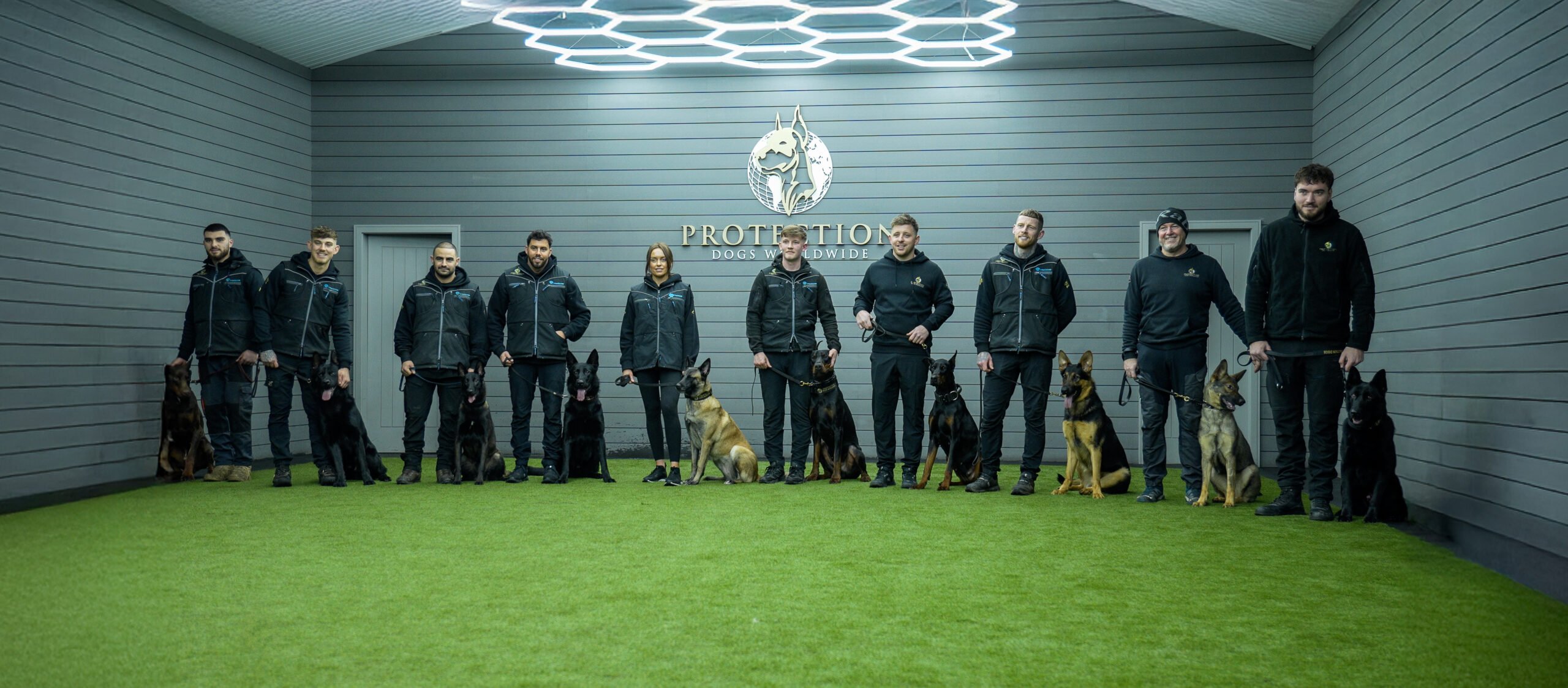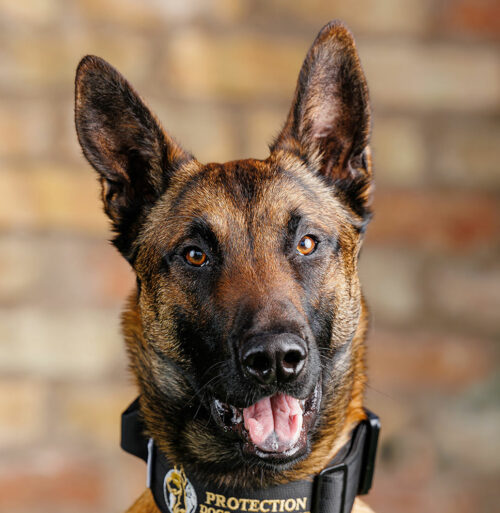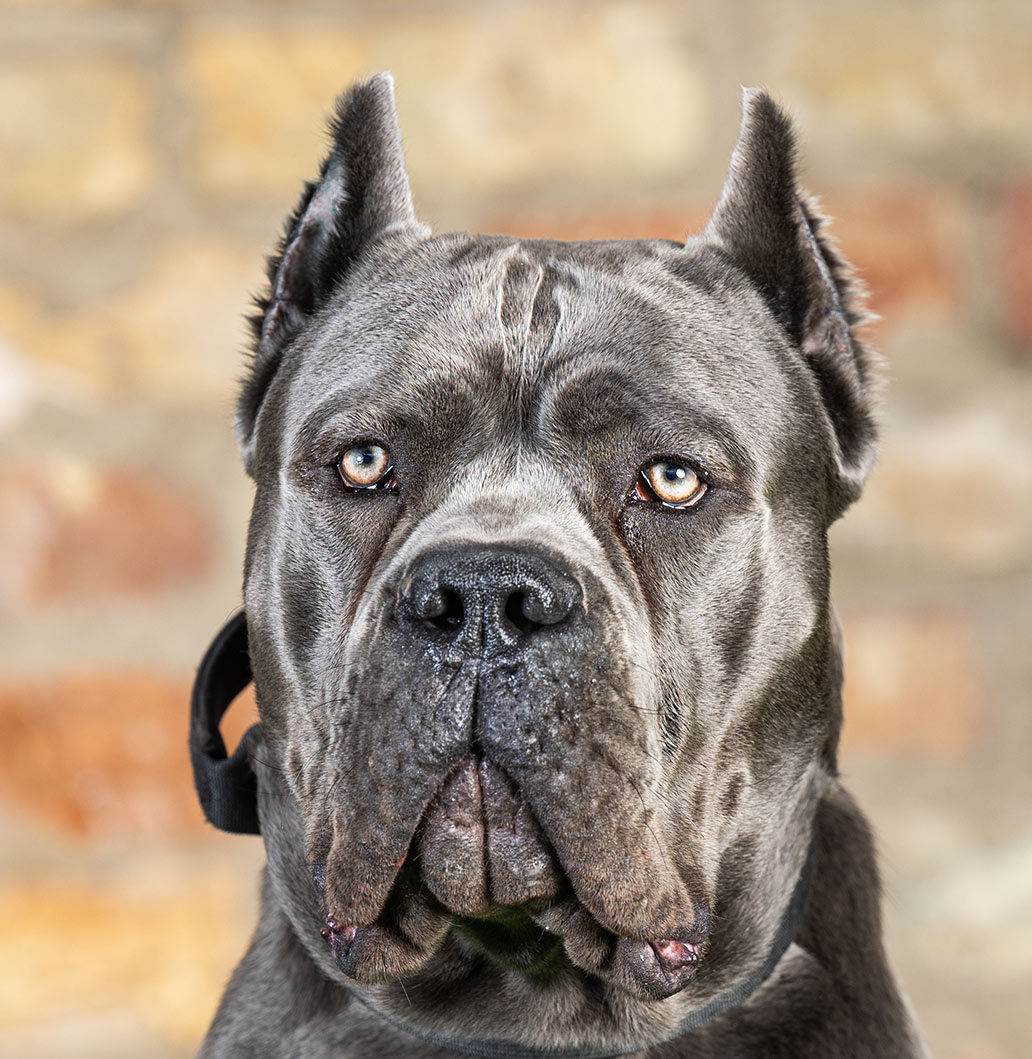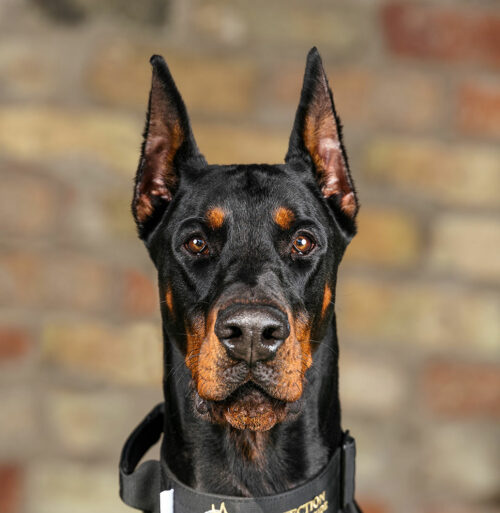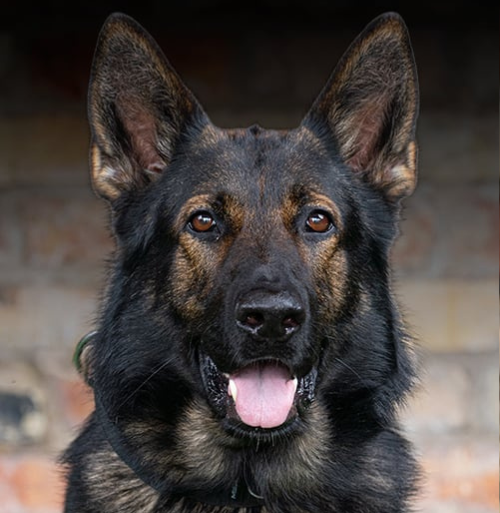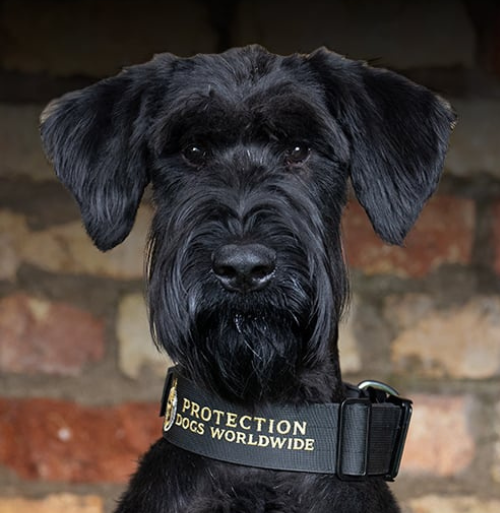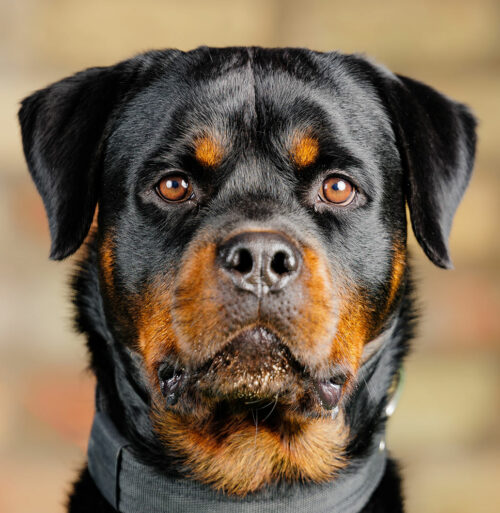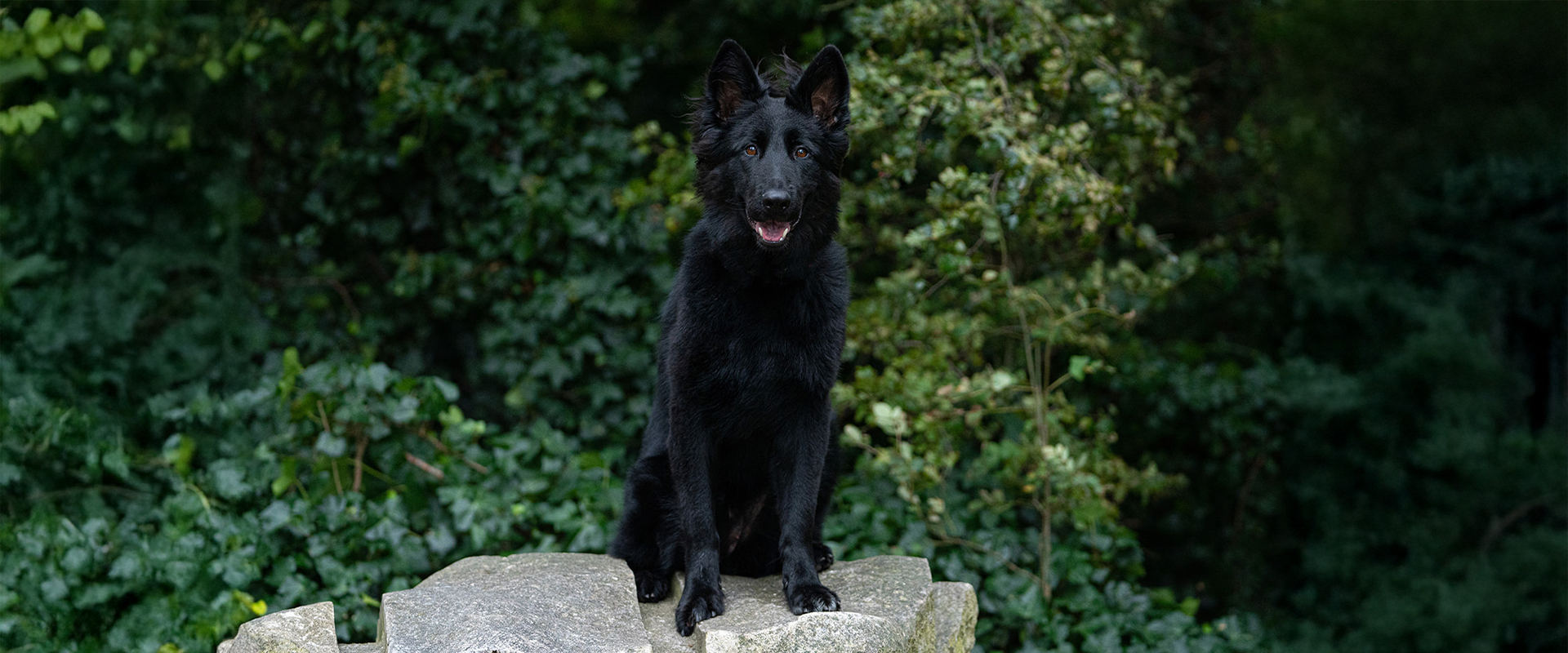6 January, 2025
How To Play With Your Dog
Playtime is one of the best ways to promote bonding with a dog. As well as being enjoyable for both human and dog, it builds mutually positive associations and can offer a variety of mental and physical benefits. There is no single way that dogs play, and may vary by breed and even between individual animals. For example, companions such as the Shih Tzu may appear less playful than working breeds that regularly try to initiate games of chase or fetch. Working breeds are also likely to mirror their primary form of “work” in how they play, i.e. Border Collies
 English
English
